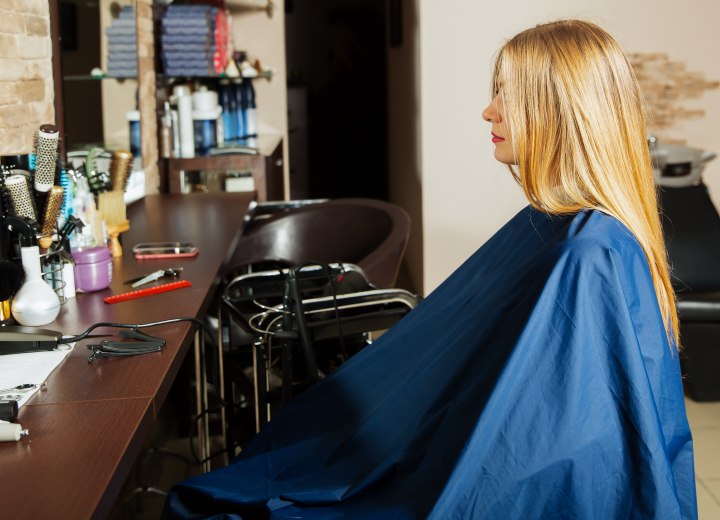Hair Cutting Capes

Can you, as a professional, give me some tips before I buy a cape? What is the best material for a cape, smooth or rough? Can you put hair cutting capes in the laundry?
Capes that are made with rougher finishes are generally used because they are moisture absorbent, but they also have the problem of giving the cut hair pieces surfaces to adhere to.
This means that you can have an abundance of hairs that accumulate at the neck and irritate the skin, or worse, fall down onto the clothing and into shirts when you attempt to remove the cape. There are few things more annoying than the prickly itch of having hair in your clothing.
Also, while you may be tempted to purchase a plastic cape, these are designed for use as shampoo capes and for chemical services since they provide a moisture barrier to keep staining and bleaching chemicals off the clothing, and to keep the clothing dry during a shampoo service. They are hot when worn for other purposes and are designed to be used with towels wrapped around the neck inside and outside the cape, so the closures don't usually secure as snugly as a styling cape.
Finally, since a styling cape is made of fabric, if there are tears or split seams, you can sew them and mend them easily. Plastic capes are cheaper, but if they become damaged, you have to replace them.
©Hairfinder.com
See also:
How to remove a hair cutting cape
The best brands for salon capes
The best neck closure for a cape